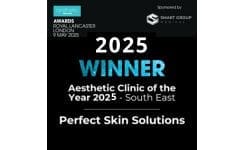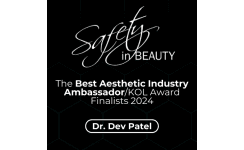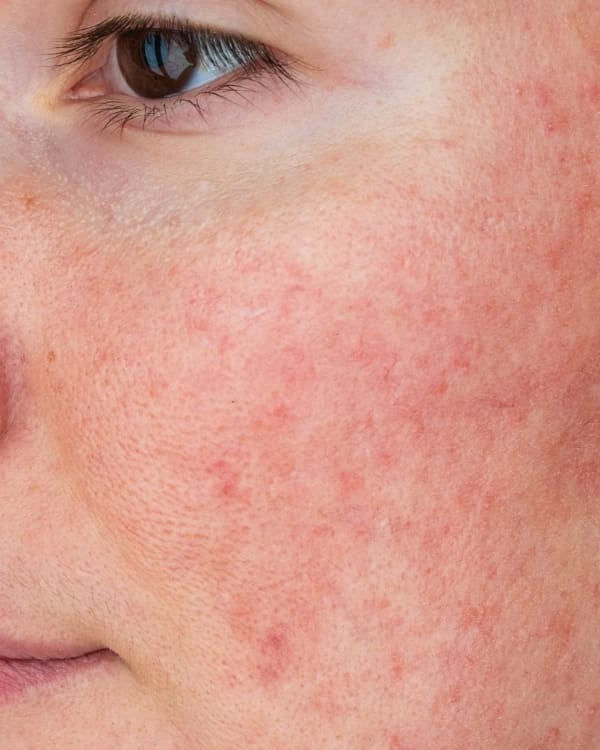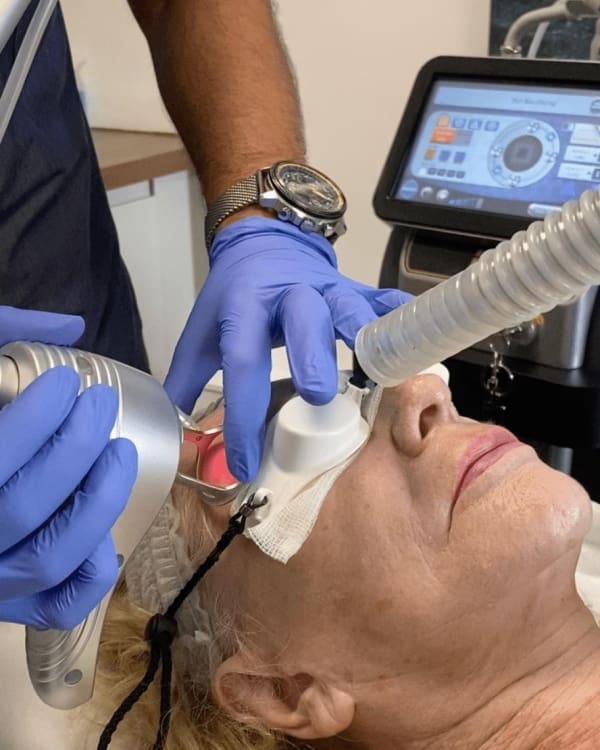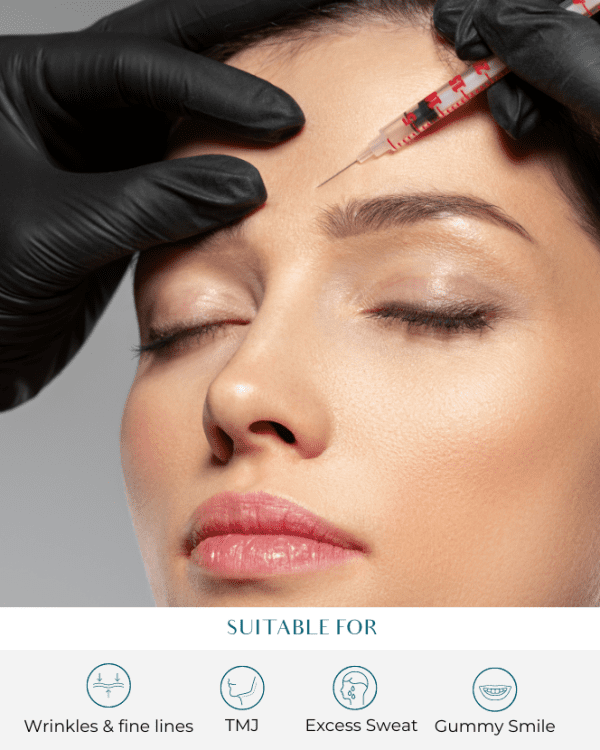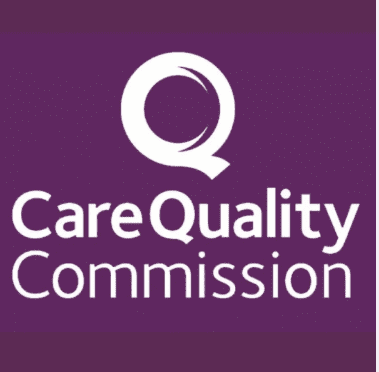Cosmeceutical is medical-grade cosmetic products, scientifically formulated to get active ingredients to the target area within the skin.
Although fake products can be found on the internet, UK distributors will only supply these products to clinics like ours, as it is important to match the correct product(s) with your skin type and need. We receive consistently positive feedback from clients who use recommended skincare products. Continued use also helps maintain the benefits of your treatment(s) eg fighting on-going sun damage or controlling rosacea once settled. Read some of the truths about skin creams, in our FAQ section below!

FAQ
What is a Cosmeceutical skincare product and what are its advantages?


This set of FAQs is probably the most important that you can read on this website. One of the biggest cons in the cosmetic industry is the promotion of skincare products which give the perception of improving skin health, but in reality, do little more than making skin feel nice and giving it a temporary glow! This applies to some of the best known brand names out there, from low end cost to £600 pots of face cream.
There are varying levels of skincare product that affect the skin in different ways. In a nutshell, any cosmetic product that you can buy from a high-street store, department store or supermarket will only treat superficial skin. A pharmaceutical product from your doctor will treat medical skin problems, but won’t benefit to your skins overall health or appearance. A cosmeceutical product bridges the gap between cosmetic products and pharmaceutical grade creams. These highly effective products will reach the lower layers of the skin and actually change the way your skin works for better skin health and an improved complexion, by working at a cellular level.
The beauty products we are most familiar with are over the counter products (OTC products); the ones that are advertised on TV adverts and in magazines. But there are different strengths of products available for us to purchase that offer us varying level of results for skin conditions and anti-aging that aren’t as well known.
The strength and level of activity of a facial cleanser, serum or crème, is directly correlated to how qualified the person recommending these to you is. We can compare this to medicine, there are pain killers you can buy with no consultation from high street stores and supermarkets that will not compare in effectiveness to a prescription pain killer from your doctor.
When we purchase OTC facial products, we often don’t talk to anyone about our skin concerns, get any advice about our skin type or how to use the product we are buying. This means it needs to be low in activity to ensure that, if we buy the wrong thing, we don’t have a negative reaction. The FDA (Food and Drugs Administration that regulates the use and sales of facial creams) state that “An over the counter product can enhance the appearance and texture of the skin without effecting skin structure or function.” To adhere to this regulation, OTC products contain ingredients that can only treat the surface dead skin cells. When you see TV adverts that claim a cream or serum treats the ‘lower layers’ there is a label at the bottom of the screen that says “stratum corneum” the name of the layer of dead skin.
You cannot change or revive a dead skin cell any more than you can change or revive a dead plant. If you want to change the way your skin works to correct skin concerns such as spots, ageing or pigmentation, you have to reach the living cells at the bottom of the skin layers.
 Close
Close
FAQ
Why has my skin become like this?

We all have five layers of skin. The skin cells in the bottom layer, the stratum basalis, are plump, hydrated skin cells that the body has recently made. They look like a grape in appearance, are living functional cells, and contain lots of DNA information.
As the body makes new cells, the previous new cells get pushed up towards the surface of the skin. As they migrate up through the layers, they dry out, shrink, and eventually become dead skin cells which sit like crisps, on top of the skin. These shed off naturally, as the skin is replenished. This process of migration from brand new skin cell to dead skin cell, takes 28 days when we are young and our skin is functioning healthily. As we age, this process can slow down to 60 days, causing ageing and skin problems such as spots, pigmentation and line
 Close
Close
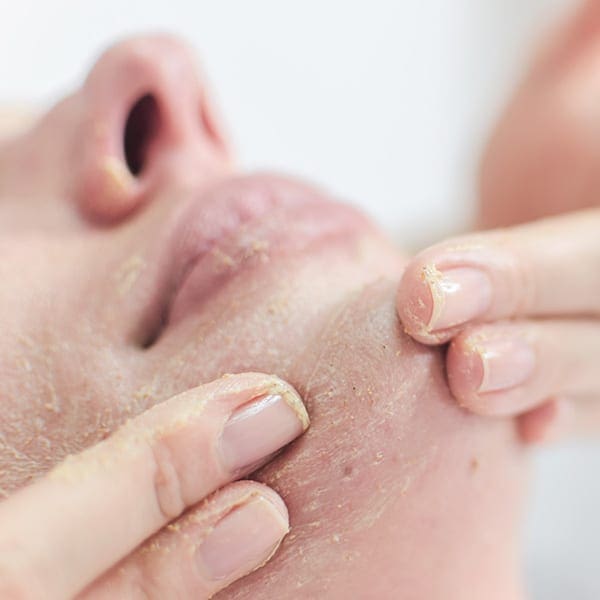
FAQ
How can a cosmeceutical improve my skin concern?
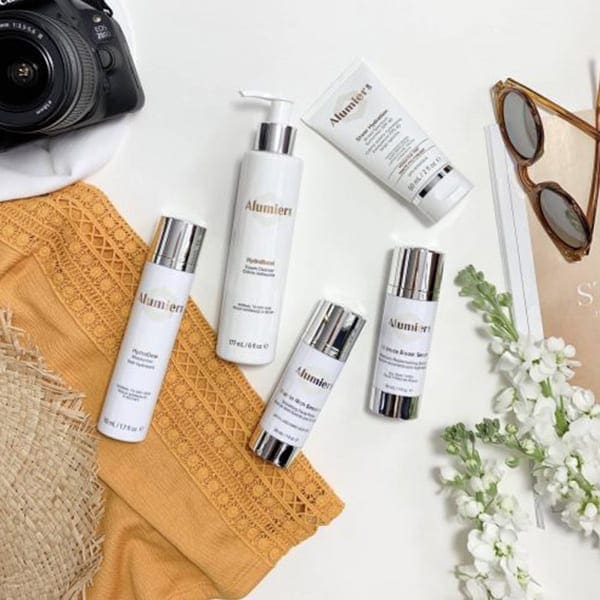

The biggest difference between an OTC product, and a cosmeceutical product is the way the ingredients are delivered into the skin. In an OTC product, the ingredients are loose in the bottle and very big in molecular structure so do don’t penetrate the skin. A cosmeceutical product contains a delivery system called ‘liposome technology’.
Liposomes are a very small structure, which contain the precious, small ingredients (like a wrapped present) and carries them down through the skin cell layers. When they reach the bottom layer, the wrapping comes away, releasing the ingredients to living skin cells where they can actually change the way the skin works for the better.
During some recent research, we found one well known brand product to contain peptides as its active ingredients. This is more than what we can say for most OTC products. Peptides are one of the best proven anti-ageing ingredients. However, we noted that the 2 peptides in this product were a poor choice and furthermore, they appeared at the very end of the ingredient list, meaning their concentration was extremely low – lower than even the preservatives in the product!
More advanced cosmeceutical products contain revolutionary delivery systems called ‘Vectorise Technology’. Vectorise Technology is new to the cosmetic industry for 2014 and is a sphere like structure, made up of up to 100 layers like a onion. Very small, precious ingredients are encapsulated in between these layers and as the sphere is drawn down into the skin, the layers peel away drip feeding the skin at every layer, offering up to 48 hours of activity, from just one application.
Products that contain this technology are very active in the skin. They are often more expensive than OTC products and rightly so when you consider how effectively they can change your skin. (However, in our clinic’s experience, many of our patients save money as they find they need to use a lot less product in one application). This means you would never find cosmeceutical products on the high-street. You can only purchase them from a qualified skin care specialist who will prescribe specific skin care products after a thorough consultation and skin analysis. They will also give you education about why your skin problems are occurring and lifestyle tips that will help you towards improved skin health.
 Close
Close
FAQ
What is the single most important product I should be using?

Without a doubt, we would advise that one of our carefully selected morning creams is the most important product you need to apply to your face, daily.
The reason is that these combine physical sunscreen ingredients (see later FAQ) with effective anti-ageing and moisturising ingredients which will work at the deeper levels of the skin. These UV protective agents are critical in helping to prevent DNA damage in the skin, which otherwise, leads to concerns such pigmentation, lines & wrinkles and dry, sagging skin. In our experience, most people put far more emphasis on correction rather than preventing damage in the first place. We have suitable daytime protection for all ages, including babies, as well as all skin types such as acne-prone skin.
 Close
Close
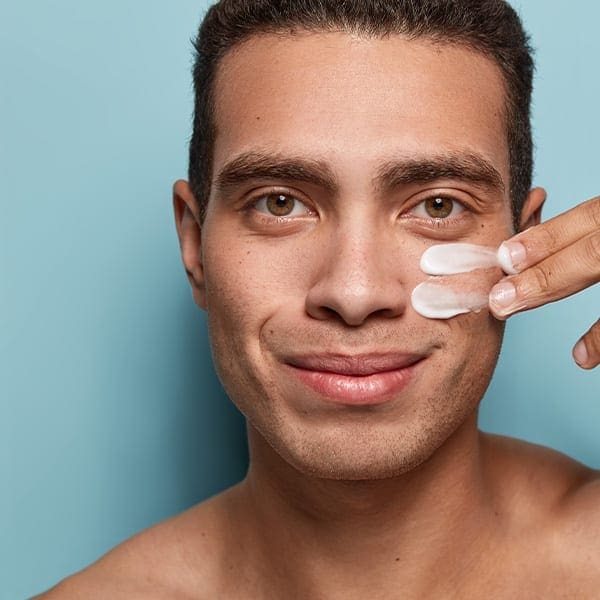
FAQ
Surely the cream I bought from the superstore is fine, as it has SPF in it?
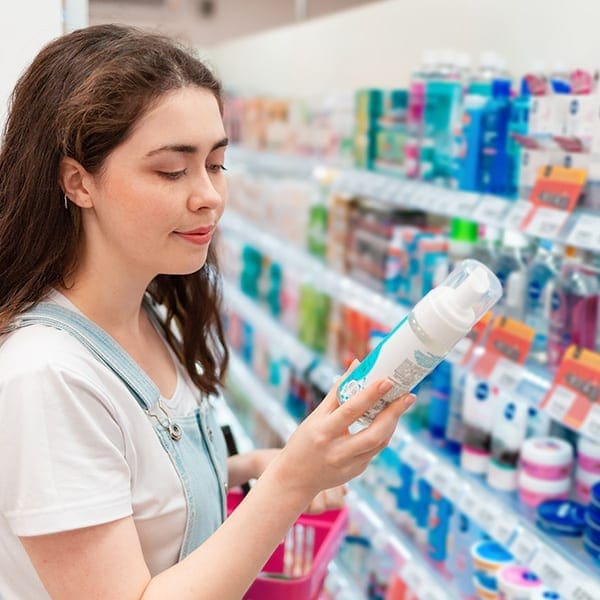

Whether you bought a combined morning cream with SPF or actually apply a specific SPF cream on top of your usual products, the chances are that these contain a chemical sunscreen.
Only recently, one of our patients said: “I know my sunscreen is fine. It is expensive and from Australia. I have researched extensively over the years”. When we went online to do an ingredient search, we found that her product did not have even one physical sunscreen ingredient.
Recent studies have been revealed by Watchdog that more than two leading sun creams are failing to deliver the SPF claimed on their packaging:
13 sun creams were tested with a claimed SPF of 30 from popular brands including Nivea and Piz Buin, as well as own-brand products from supermarkets including Asda, Morrisons, Sainsbury’s and Tesco. Both Boots Soltan Protect & Moisturise Lotion SPF30 and Hawaiian Tropic Silk Hydration Lotion SPF30 twice failed the SPF tests, offering just two-thirds of the SPF they had claimed.
 Close
Close
FAQ
What is the difference between chemical and physical sunscreen ingredients?

Chemical sunscreens – typically found in over-the-counter (OTC) products, including many of the pricey ones – use UV radiation from the sun to activate. This is why you will often read advice on the back of the bottle, advising that you apply 30 minutes before sun exposure.
Furthermore, the way chemical sunscreens block UV radiation, produces inflammation within the skin. The latter, combined with the oils in these products, can lead to spots which can persist for many weeks.
Most people who suffer from this, blame these spots purely on the sun but the main culprit is the chemical sunscreen they have been applying. All our SPF-containing cosmeceuticals contain one or more physical sunscreen agents, which will ensure immediate UV protection, along with the benefit of other powerful protective, nourishing and hydrating agents. Why not get multiple benefits, rather than just UV-protection. You will also find that you need a lot lot less product with each application.
 Close
Close

FAQ
What SPF factor should I use?


This is a common topic of confusion. SPF stands for Sun Protection Factor. This factor is a measure of how much ultraviolet (or UV) radiation it takes to burn your skin when it’s unprotected compared to how much it takes to burn it when it’s slathered in sunscreen. The higher the SPF value of your sunscreen, the more protection it offers from sunburn.
It is important to note that sunscreens with higher SPF do not last or remain effective on the skin any longer than lower SPF and must be continually reapplied as directed, usually every two hours.
There is only 1% increased UV protection from using factor 50 over factor 30. In fact, even factor 15 gives over 90% protection (based on a relative scale). Those who apply SPF 50 can have a false sense of security and assume they will manage much longer in the sun before burning. Bear in mind, that damage is occurring before you hit the sunburn threshold. Applying an effective SPF cream is about damage limitation. They key is to ensure a physical sunscreen agent is in the product and also to reapply every 2 hours if in the sun. (This would include when sitting behind a glass window in an office or car when the sun is strong or you are very sensitive to the sun’s rays). There are obviously other factors to consider eg time of year, time of day, geographical location etc.
The SPF is an imperfect measure of skin damage because invisible damage and skin ageing are also caused by ultraviolet type A (UVA), which does not primarily cause reddening or pain. Conventional sunscreen blocks very little UVA radiation relative to the nominal SPF; broad-spectrum sunscreens are designed to protect against both UVB and UVA. According to a 2004 study, UVA also causes DNA damage to cells deep within the skin, increasing the risk of malignant melanomas. Even some products labeled “broad-spectrum UVA/UVB protection” have not always provided good protection against UVA rays. Our FDA-approved morning cream has proven broad-spectrum UVA and UVB protection with 2 of the most superior active sunscreen ingredients known. Choice of product in our clinic is not based on SPF number, but on your skin type and need. All range from 30-50 and as mentioned above, this should not be the deciding factor. One of our skincare specialists will be able to advise you on the best product for you.
 Close
Close





















